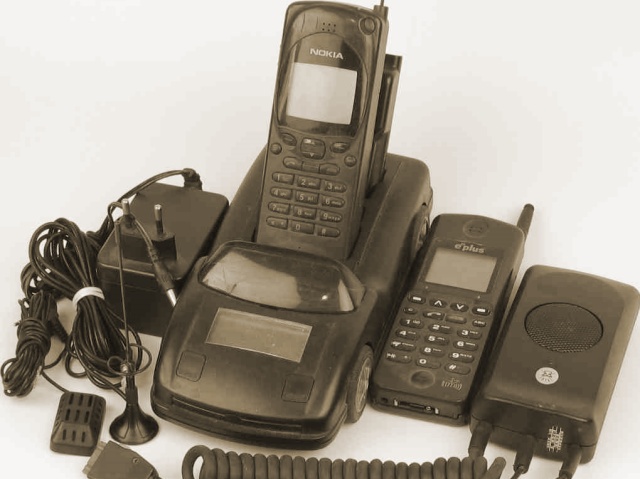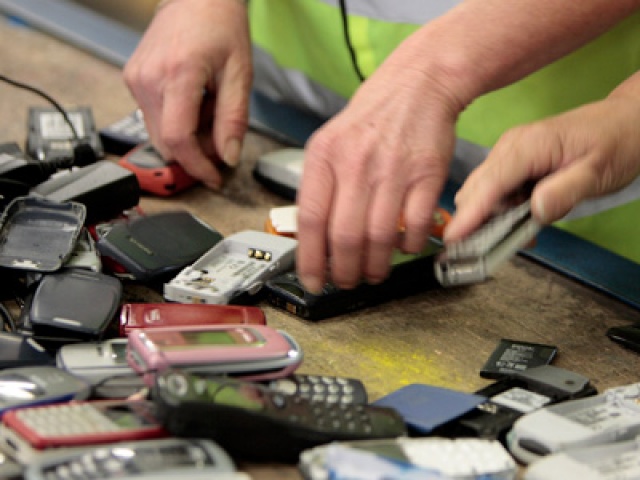Right then, now we've got two data points in supporting device lines - somewhere in the middle of the line must be a point where it switches over from not supporting to supporting. Where it exactly is will change on various issues; repairs and spare parts have support going further back than retail support with posters and point of sale paraphernalia – but let's agree that at some point, there is an economic point to say enough is enough, we're not doing any more with this device.
With the news that Ovi Maps 3.3 (the version with free navigation) is now on the E71 and E66, and that's it for Feature Pack 1 releases, owners of many devices, but especially Nokia N95 owners, are up in arms and demanding, almost like petulant toddlers, that they want their slice of the pie.
I hate to break it to them, but as the example above shows, there comes a point where a device passes into the unsupported realm, and that's happened with the N95 now. It's had a fantastic innings, it propelled Nokia to the head of the smartphone table, but the momentum is now spent. Yes there are a huge number of voices out there shouting very loudly, but seriously, the biggest question is already taken care of – is it cost effective?

But let's address some of these voices anyway. I love the proposition/threat that if Nokia don't address those changes, then the user won't be buying another Nokia phone. Because as it stands, they want to keep the N95 forever, and not buy another Nokia phone. So what if it was their most popular phone some time ago, there still needs to be value to Nokia in everything they do.
Olli-Pekka Kallasvuo and the rest of the management team at Nokia ultimately have a responsibility to the shareholders to make money. As well as creating new products, it also means spending money sensibly on older products that aren't strictly cash generating, but still carry some goodwill. Yes it's a balancing act, but at some point it doesn't make sense to throw software development at older devices – if they did, there would be some strong questions from the shareholders.
Technical reasons can stop development; it might be as simple as a lack of RAM (almost certainly true in the case of the N95 classic), or something more esotoric like something hard-coded to get around a bug in the CPU that's been changed in later devices. It's also not necessarily a binary answer - there may be a way around a technical issue, but the programming time required is simply too much.
The problem here is when it seems obvious that something should be ported back to an earlier device, such as the latest version of Maps. When you spend a huge amount of effort to convince third party developers that you have a joined up ecosystem and portability, to not port some of your own software catalogue doesn't send out the right signals to either developers or consumers. Especially when the entire communication is “that's it for 3rd Edition Feature Pack 1 devices".
The longer that a phone stays in active circulation, the longer that the back office staff at Nokia have to provide support to it – not just in hardware repairs (these will continue for a few years after the phone is retired from active development and appearing in the retail channels), but also in support to customers and network operators still using the handset. This is another drain on resources. Phone up Nokia and ask for customer support on the Nokia 2110 and you might be in for a long wait as they find the one geek who might remember it, get him to a customer services desk, and then tell you to email in the problem so he can look it over.
So please, feel free to dig your heels in, but realise that Nokia are a company in it to make money. Navigation is available at a token fee to the older handsets, which covers the costs incurred in providing this support. I think that's very fair of Nokia. The economic value has been squeezed out of the N95 range. It's game over; while repairs will still be available, it's now in the folder marked “historical”.

I'm glad Nokia have cut free of the N95 – it took me a long time to do it personally, but last year I switched to the E75 and to all intents it felt like a worthy successor. I'm now, rather masochistically, enjoying the X6 in my day to day life. Those of you still stuck on the N95, it really is time to move forward and look at what's new in the smartphone world.
For all its faults, you will be at home with S60 5th Edition; you will find that touch is a valuable addition; your favourite applications are all still available in a comfortable and familiar environment; it's just that it's now up to date with larger screens, more storage, better connectivity... everything you liked in the N95 you'll find on the later devices.
There's been a lot of movement since the N95 was designed in 2006. When it's time to upgrade, upgrade. This future is a nice place to buy your next phone.
-- Ewan Spence, April 2010.
